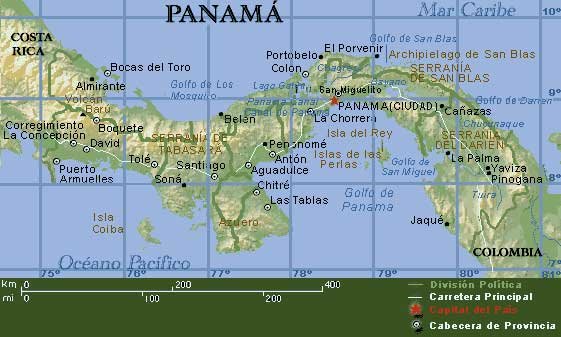
Chico, the fisherman brought over 4 good sized live lobsters. We had been advised by another islander to pay no more than $4 a pound...but when the lobsters arrived the volunteers quickly caved in to his requested $5 a pound. As I probably will not buy much more lobster in my time here I let them pay it.
They then went off and hauled all of the chairs used at the Health Fair back to the casa comunal (community house or meeting space) with the help of my neighbors and their boat. While they were hauling chairs I cooked up the lobsters...complete with the requisite guilt over the necessary murder (yes, lobsters can make a sound). By the time that they returned the lobsters were a rosy red.
Now many resturants serve lobster whole on the plate and the eater gets to wrestle the meat free. I have found that the gooey stuff inside a lobster or crab is off-putting and I like to rinse the meat and eat with clean fingers. Normal procedure in the Cropper house now is to clean the lobster and rinse away the goo and then flash heat the meat with a touch of oil and spice (usually fresh garlic) and then serve with something else...like pasta and veggies.

So the others joined me at the sink eager for a new food experience. In my experience (I don't imagine that I will have that much experience to reference after I leave Panama) lobsters are not that hard to clean if you know what you are doing. I guided each of them through the process step by step. Each person cleaned a lobster and did a good job, but it was funny to watch. Jim's lobster had a little post-mortem revenge. I am proud to say that no one bled...Kevin has never managed (even with instructions) to clean a lobster without pricking his finger on lobster spines.
 Jim with a splash of lobster guts on his shirt.
Jim with a splash of lobster guts on his shirt.We served the lobster with pan fried fish (caught that day as well) and pan seared vegetables. Yummy. No one went hungry that night. The next day we road to port with Chico and he was taking in lobsters to sell...and had one that was 4 pounds...as many pounds as all 4 of our lobsters the night before combined! This made me wonder about how fast lobsters grow and how old the lobsters were that we ate. So I did some digging online and came up with the following cool facts:
Lobsters, when not caught, can live for a long time. Living to the age of 100 is not uncommon. Of course, because lobsters are prized for their meat, many don't make it past just a couple of years old. Lobsters must be a certain length -- not age -- to be deemed legal for catching.
It takes approximately seven years (depending on the water temperature) for a lobster to grow to legal harvesting size (1-1 1/4 lb.). After that, a lobster will grow about 1 pound for every 3 years. (April Note: This would mean that the lobsters that we ate were around the age of 7-9 years old. The big 4 pounder could have been around 16 years old. )
It is interesting to note that lobsters show no real signs of aging, other than growing. They actually can reproduce and stay fertile continuously! The secret lies in their telomeres.
Telomeres are found at the end of chromosomes for all living creatures. As we age and cells divide, the telomeres shorten and eventually disappear- leading to aging and death. Lobsters telomeres take a much longer time to shorten , if at all- allowing them to 'maintain their youth' (A lot of anti-aging experiments are done with lobsters)
How big can lobsters grow? The largest lobster ever recorded weighed in at 44 lb. 6 oz. and measured 3 ft. 6 in. from the end of the tail to the tip of the largest claw. It was caught off southern Nova Scotia in 1977 and sold to a restaurant in New York City. In the Pliocene period, over a million years ago, lobsters were five to six feet long! These days a 3 or 4 pound lobster is considered a good sized feast!
Thanks to the following websites for the fun facts:
www.parl.ns.ca/lobster/faq.htm



1 comment:
Did you know that girl scouts tend to have telomeres that are an extra 100 million base pairs on average? This has caused a lot of anti-aging experiments to be conducted on thin mints as well!
It seems that lobsters and girl scouts have something in common other than being cute and delicious!
Post a Comment